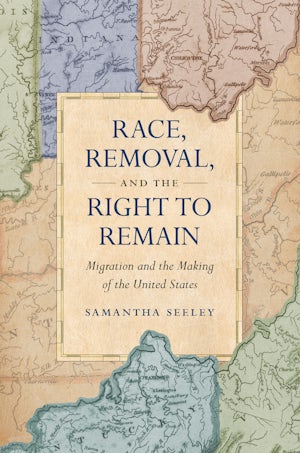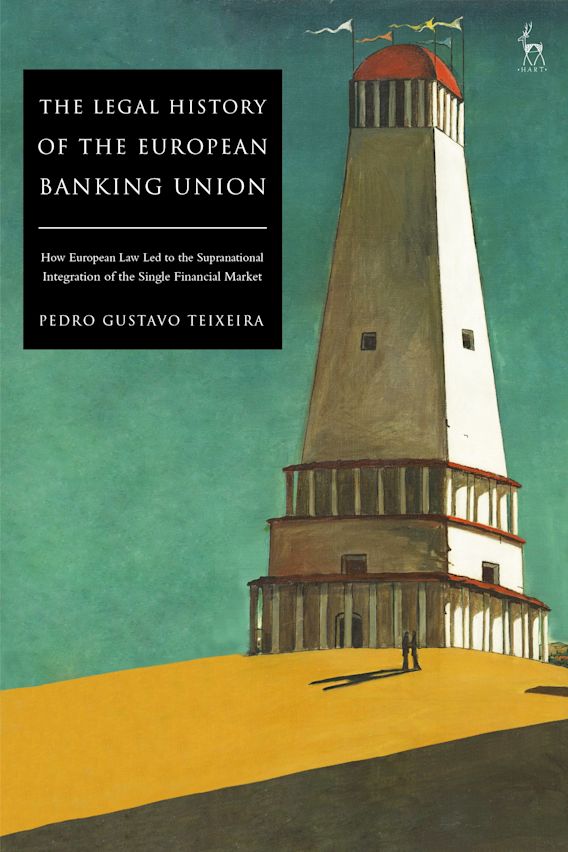[We are moving this post up, as we have just learned that the deadline for submissions has been extended to September 27, 2021. DRE]
Law and Constitutional Change: The 25th British Legal History Conference 2022, in association with the Irish Legal History Society. Queen's University, Belfast. 6-9 July 2022
Abstracts are invited for the 25th British Legal History Conference which is being run jointly with the Irish Legal History Society and hosted by Queen's University Belfast, on Wednesday 6 July - Saturday 9 July 2022.
The conference was originally scheduled for 2021. Queen's, Belfast, was given the honour of hosting the BLHC in 2021, because it is a significant year in the "Decade of Centenaries" in Ireland, north and south, marking both the centenary of the opening in June 1921 of the Parliament of Northern Ireland, established under the Government of Ireland Act 1920, and the centenary of the signing of articles of agreement for the Anglo-Irish Treaty in December 1921, leading to the establishment of the Irish Free State. The conference theme, "Law and Constitutional Change", was chosen against this background. The Covid-19 pandemic intervened, making postponement unavoidable.
Organising the conference in 2022 will, however, allow us to celebrate the half-centenary of the British Legal History Conference, first held in Aberystwyth in 1972. Our hope is that attendance at the conference can be in person, but this will be kept under review and, if necessary, the option of online attendance/participation will be considered.
Conference papers can examine from any historical perspective the relationship between law and constitutional change. The difficulty of defining constitutional change was noted by the Select Committee on the Constitution in their report, The Process of Constitutional Change (HL Paper 177, 2011, para. 10), but they identified several examples, without being exhaustive: parliamentary sovereignty; the rule of law and the rights and liberties of the individual; the union state; representative government; and state membership of international organisations, such as (then) the EU and the Commonwealth. These are, of course, only examples and the conference theme will be interpreted in all its breadth.
In the context of present-day analysis of the political and constitutional upheavals in British-Irish relations in the early 1920s, the President of Ireland, Michael D. Higgins, has adopted the Irish word, Machnamh, meaning reflection, contemplation, meditation and thought, for a series of online reflections. In the spirit of Machnamh, we invite you to join the conversation on law and constitutional change in Queen's, Belfast, in July 2022.
Please note the following rules:
- If you submitted an abstract in 2020, you must make a fresh submission.
- Abstracts must be for individual papers only, not for panels. Co-authored papers are acceptable.
- Only one abstract should be submitted per person.
- Abstracts must be submitted as Microsoft Word documents using the online portal on the Call for Papers page of the conference website. Please do not submit by email.
- Abstracts must not exceed 500 words.
Please indicate if your proposal is contingent on the availability of an option of online participation. The deadline for submission of abstracts is [September 27, 2021]. Queries can be emailed to BLHC-2022-info@qub.ac.uk At the conference, individual oral presentations will last 15-20 minutes.
We hope to publish the programme on the conference website in October 2021. Details of plenary speakers will also appear there in due course. Proposals from postgraduate and early career researchers are welcome. Further information about travel to Belfast, accommodation, and so on, will be added to the conference website during 2021-2022.
Poster competition. This, the second joint BLHC - ILHS conference, was proposed by Sir Anthony Hart, retired High Court judge, former president of ILHS and enthusiastic supporter of BLHCs, who died suddenly in July 2019. A poster competition is planned during the 2022 conference as a tribute to Tony. There will be two prizes, including one for the PGR/early career category. The prizes are generously funded by the Journal of Legal History and by the Irish Legal History Society. Details of the competition will be posted on the conference website.









